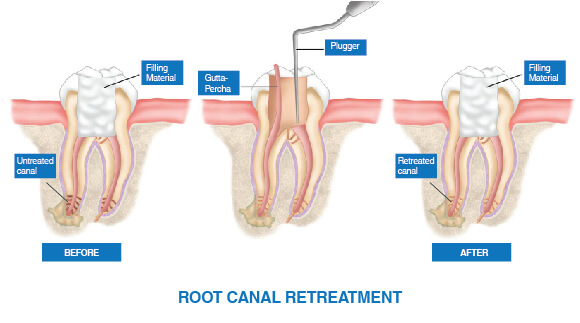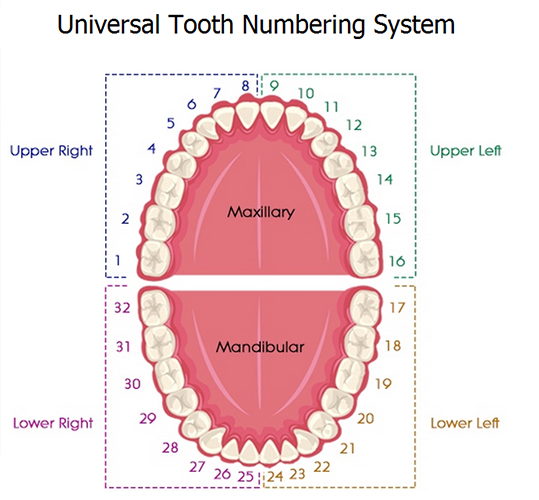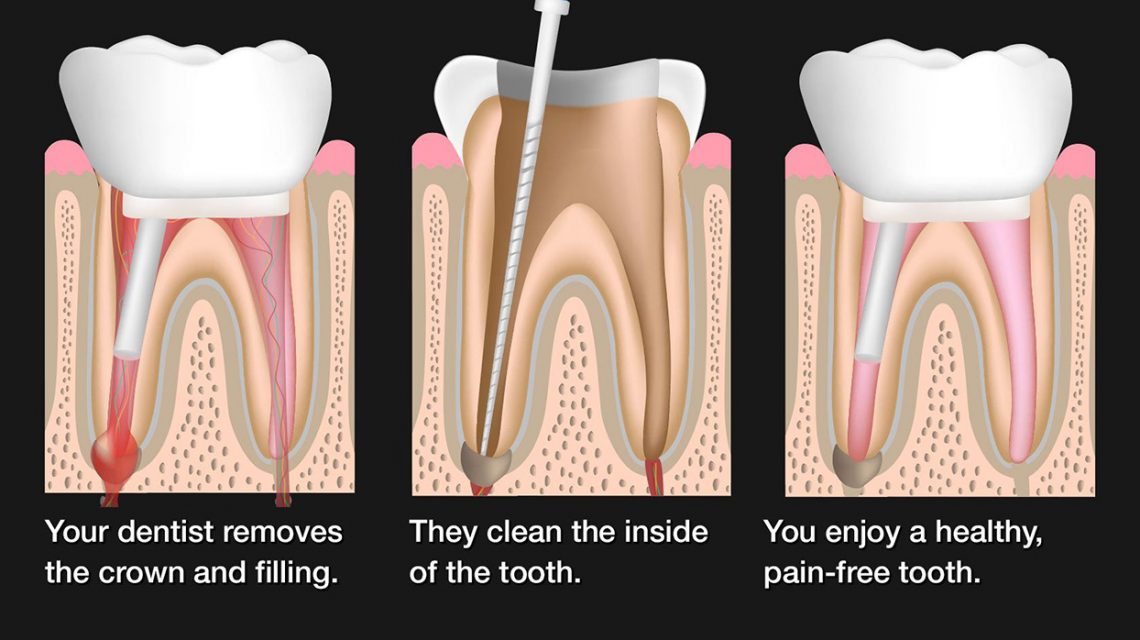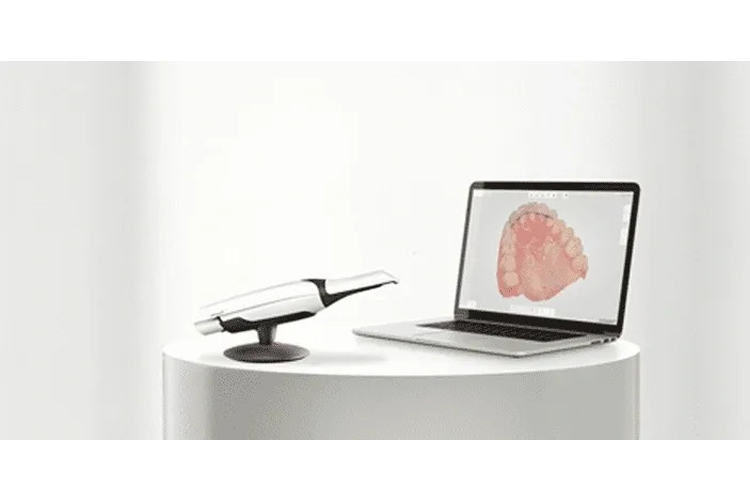Do you have a tooth which has had root canal treatment but still bothers you? Your tooth may have a hidden canal which was not located and treated during root canal treatment. St. Lawrence Dentistry can diagnose and treat your situation and return your tooth back to being comfortable.
A root canal is a dental procedure in which the pulp of a tooth is cleaned out and filled with Gutta Percha. The dental pulp of the root is contained in a pulp chamber and small canals located in the center of the tooth.

Root canals have the highest degree of success when all canals are fully cleaned, sterilized, and packed with root fill material. If the dentist is not able to get to the end of the root or a canal is missed the tooth can be symptomatic after treatment. This can include a dull ache, tenderness to biting, or even a persistent infection at the end of the root.

In some teeth the canals can be hidden and more difficult to locate. Teeth in which a canal is most often missed are the upper first molars. These are teeth numbers (16) and (26) using the ISO numbering System by the World Health Organization. These teeth often contain a 4th canal in the mesial root of the tooth. The location of this extra canal can vary but a lot of times it is located directly behind and deeper than the main canal in the mesial root. Dr. Hawryluk has found in many cases this fourth canal named MB2 (mesial-buccal two) first heads straight down the root and then makes a sharp curve. Once found, negotiating thru this canal requires more skill and the dentist has to be careful root canal instruments do not separate and the canal is not ledged or blocked during treatment. The MB2 canal should only be treated with proper magnification using the dental microscope.
Other teeth also may have canals which are more difficult to locate if they are calcified. This is when canals are very small due to being shrunk in size usually due to inflammation and trauma.
Below are actual before and after photographs of missed canal done by Dr. Hawryluk Jr.
The first step in diagnosing a missed canal is to do a radiographic and clinical assessment of the tooth. Sometimes the dentist will also order a CT scan of the tooth so the tooth can be visualized from three dimensions. The dentist will explain the diagnosis and the prognosis before treating the tooth.The cornerstone of treating teeth with a missed canal is the dental microscope. With high magnification the dentist can safely and accurately search the inside of the tooth for the missed canal. Ultrasonic instruments are used to gently trephine further down the tooth. Once the canal is located the dentist will completely clean it out and fill it. The tooth may be tender for a week to ten days after treatment as the ligament holding the tooth to the bone (Periodontal Ligament) heals.
If you think you may have a missed canal in your root canal treated tooth and you would like to investigate this possibility please call St. Lawrence Dentistry to book an assessment.
- Sleep Dentistry: Enhancing Comfort and Care During Dental Procedures - July 11, 2024
- The Revolutionary Injection Molding Technique for Composite Veneers - June 27, 2024
- Why Are Third Molars Called “Wisdom Teeth”? - June 19, 2024









